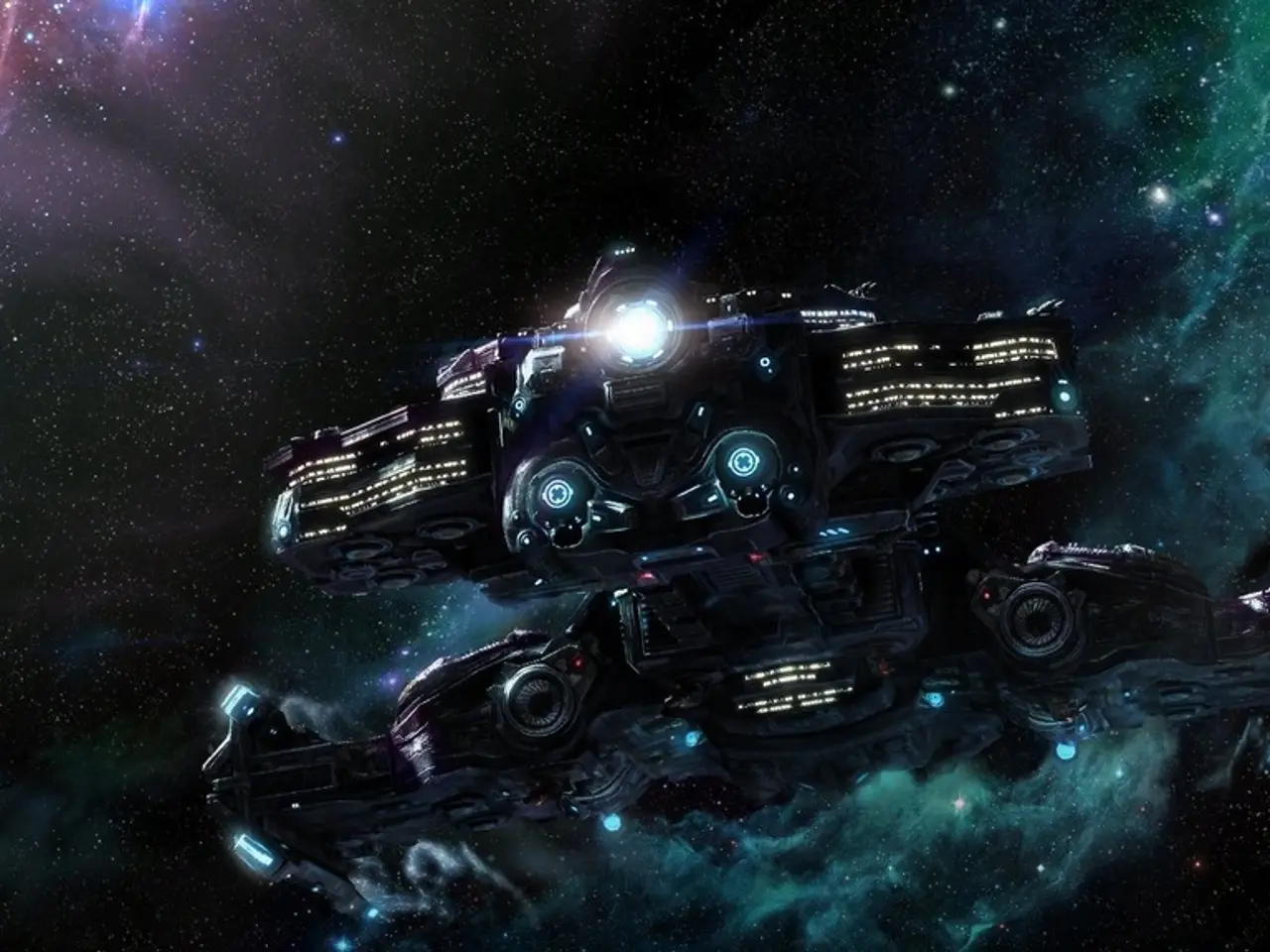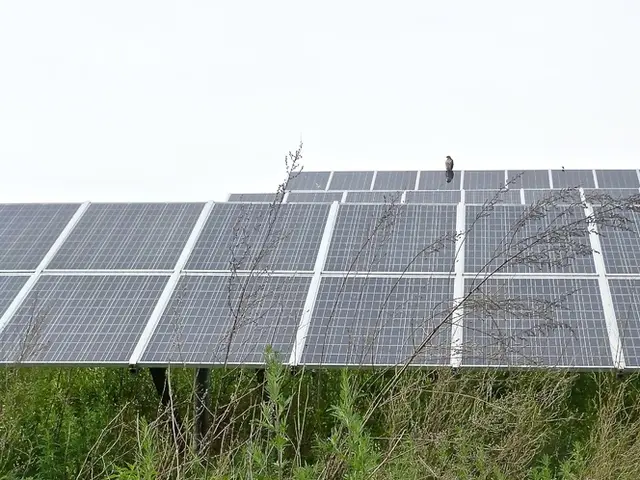Explore the Milky Way in 3D, gaining a birds-eye perspective from outside our galaxy. Latest astronomical chart reveals the Milky Way's appearance from beyond.
The European Space Agency's Gaia mission has created the most accurate 3D map of our galaxy ever made, offering astronomers a chance to delve deeper into the workings of the Milky Way.
This groundbreaking map reveals the motions and positions of millions of nearby stars, including 87 rare O-type stars. It provides a detailed look at the processes that shape our local galactic environment.
The 3D map, based on Gaia's observations of 44 million 'ordinary' stars and 87 'O-type' stars, allows scientists to map the location of stars and interstellar material near the Sun. It shows how radiation of massive stars ionizes the surrounding interstellar medium and how dust and gas interact with this radiation.
One of the key highlights of the map is the visualization of well-known regions such as the Gum Nebula, the North America Nebula, the California Nebula, and the Orion-Eridanus superbubble. These regions, while known to astronomers, now appear in 3D, offering an outside perspective on what they look like.
The new 3D animated map of a star-forming region in the Milky Way was created using Gaia's measurements of stellar positions and the 'extinction' of stars. 'Extinction' refers to Gaia's view of starlight blocked by thick cosmic dust.
Lewis McCallum, an astronomer at the University of St Andrews, hails Gaia as providing the first accurate view of what our section of the Milky Way would look like from above. He adds that the map requires huge computational power to generate in high resolution.
The regions depicted in the 3D map are crucial for understanding the birth of new stars. Scientists use this information to create 3D maps showing where dust is distributed in the Milky Way, and those maps reveal the location of ionized hydrogen gas, a telltale sign that new stars are being born.
The 3D map stretches out to a distance of 4,000 lightyears from our Solar System, with our Sun in the centre. The map gives astronomers the opportunity to learn more about giant O-type stars and how they energize gas in our Galaxy.
Plans are underway to extend the map to cover an even larger region of our Galaxy once Gaia has released its new set of data. The next region of our Milky Way to be mapped using Gaia data via a 3D animation is planned to be released at the earliest by the end of 2030 as part of the final Gaia Legacy Catalog.
Gaia's fourth data release will contain data of even better quality and quantity, making it possible to further advance our knowledge of star-forming regions. The O-type stars, being young, massive, scorchingly hot, and very bright, are particularly important for understanding the early stages of star formation and the evolution of our galaxy.
This 3D map is a significant step forward in our understanding of the Milky Way, providing a new dimension to our exploration of the universe.
Read also:
- Industrial robots in China are being installed at a faster rate than in both the United States and the European Union, as the global market for these robots faces a downturn.
- Airbus is propelling the advancement in aviation fuel's environmental friendliness
- Sustainable initiatives boosted by Veolia through financially backed eco-friendly projects
- Potential perils of artificial intelligence data facilities to American electrical infrastructure due to fire hazards.








